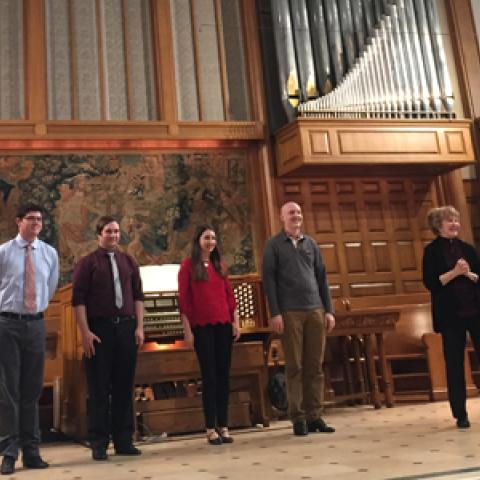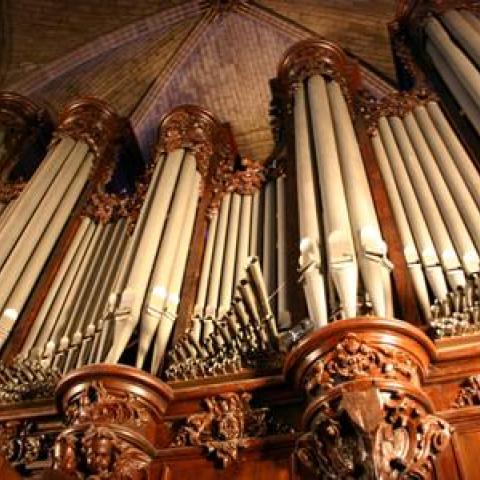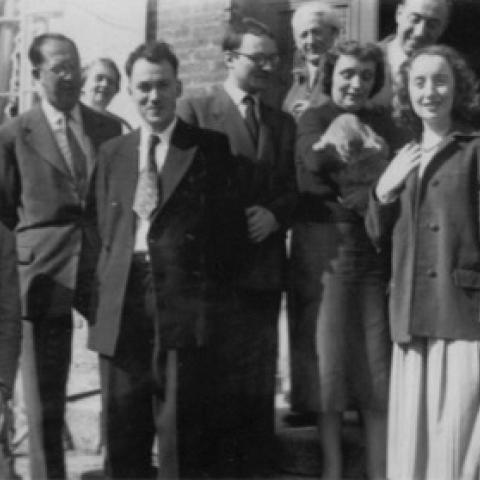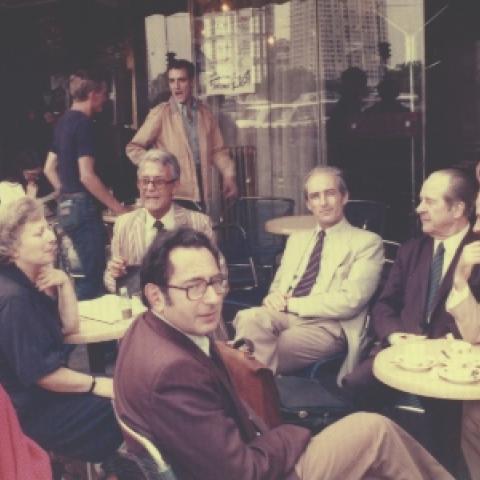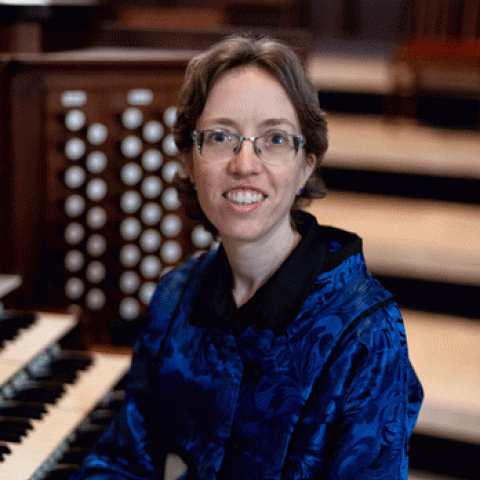
The French Organ Music Seminar announces its 2019 summer offerings, July 4–19, including four days in England, eight in Paris, and three in Alsace.
Time in England features visits to Royal Festival Hall, Westminster Abbey, Westminster Cathedral, and St. Paul’s Cathedral, London.
Highlights of Paris include Notre Dame, Sacré Coeur, St. Etienne du Mont, Radio France, St. Sulpice, La Trinité, and La Madeleine.
Hosting the tour in Alsace will be Daniel Roth, Yannick Merlin, and Beatrice Piertot. Organs visited include those of Strasbourg and Ebersmünster. There will be a concert given by FOMS members.
All seminars include playing time and instruction on each organ. Registrants may sign up for individual segments or for all three.
For information: www.bfoms.com.

